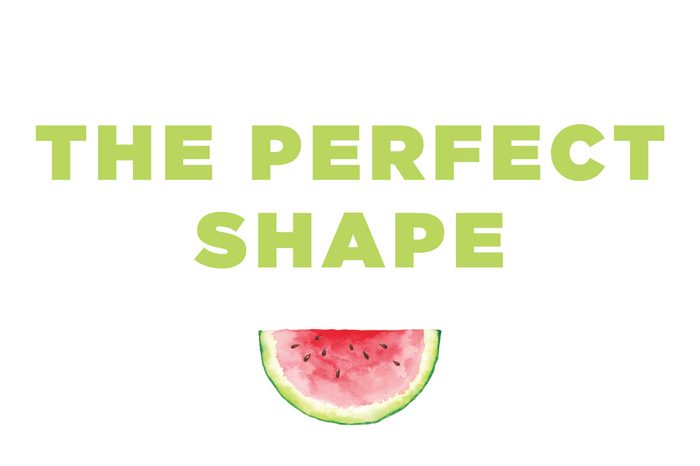
Go symmetrical
Select a firm, symmetrical watermelon free from any big bruises, cuts, or dents. Lumps and bumps could mean that the watermelon didn’t receive enough water or sunshine while on the vine, causing the fruit to taste dry and chalky. Check out these 10 savory recipes using watermelon.
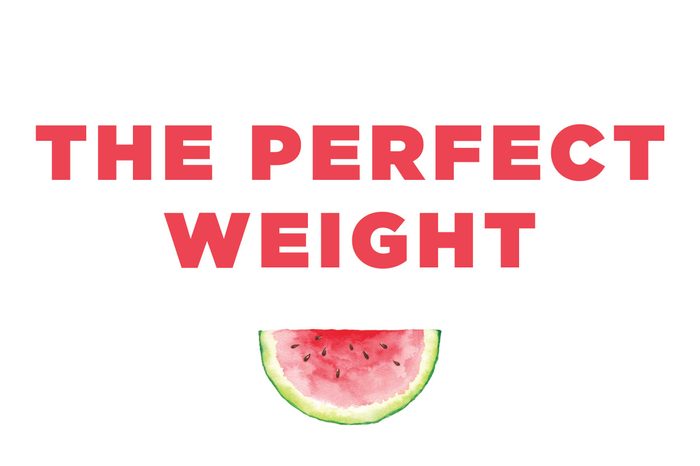
Heavier is better
Next, pick up the watermelon and weigh it with your hands. Heavier is always better. Since a good melon is 92 percent water, a heavy one indicates that it’s nice and ripe. If you compare the weight of one watermelon with another of equal size, the heavier one will be riper.
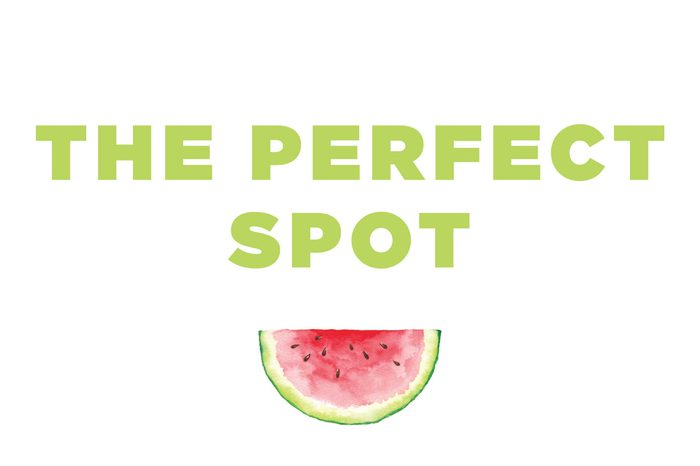
Look for a yellow circle
Now, turn the watermelon over. The bottom of the melon should have a creamy yellow “bald spot” where it sat on the ground and ripened in the sun. And the darker that spot is, the better the melon will taste. A white or nonexistent spot means it was picked from the vine before it had time to fully ripen. These are more of the 1o healthiest fruits you can eat.
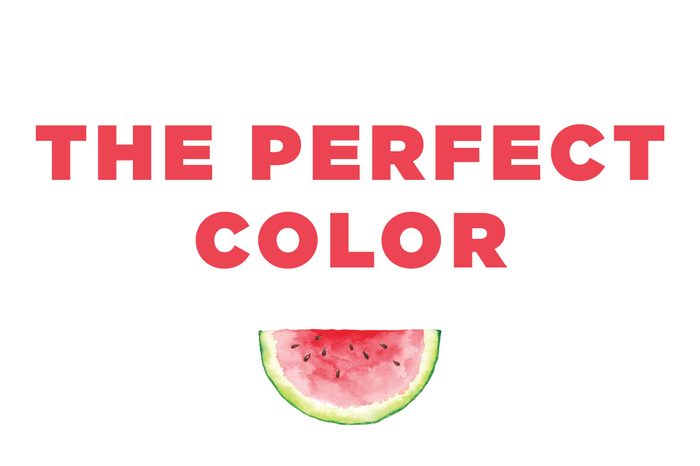
Avoid shiny
Avoid shiny melons: that usually means they’re not ripe. The perfect watermelon will have a rind with a dark green color, and its skin will be matte or dull in appearance.
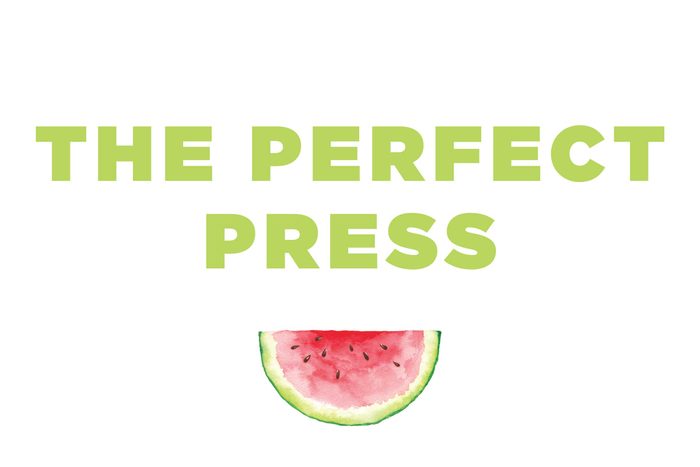
Not too mushy
Place your thumb on the opposite end of the stem and press gently. The skin should give a little, but if it yields too easily, put it back; your melon is too ripe and will have a dry consistency.
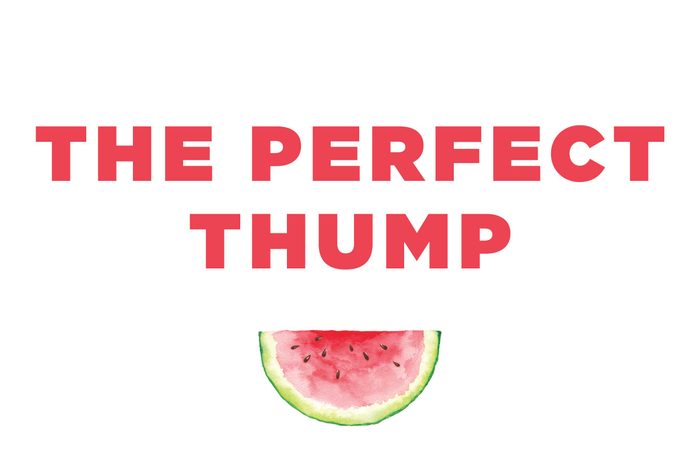
Listen for a full sound
Finally, place your watermelon on a flat surface and give it a nice knock. When you tap it, you should hear a full, tenor-like sound rather than a bass. It may seem silly, but a study in the Journal of Food Science and Technology found that vibration signals could help detect whether a watermelon is ripe. Still, use this tip with caution; that sound could also mean the melon is unripe.
